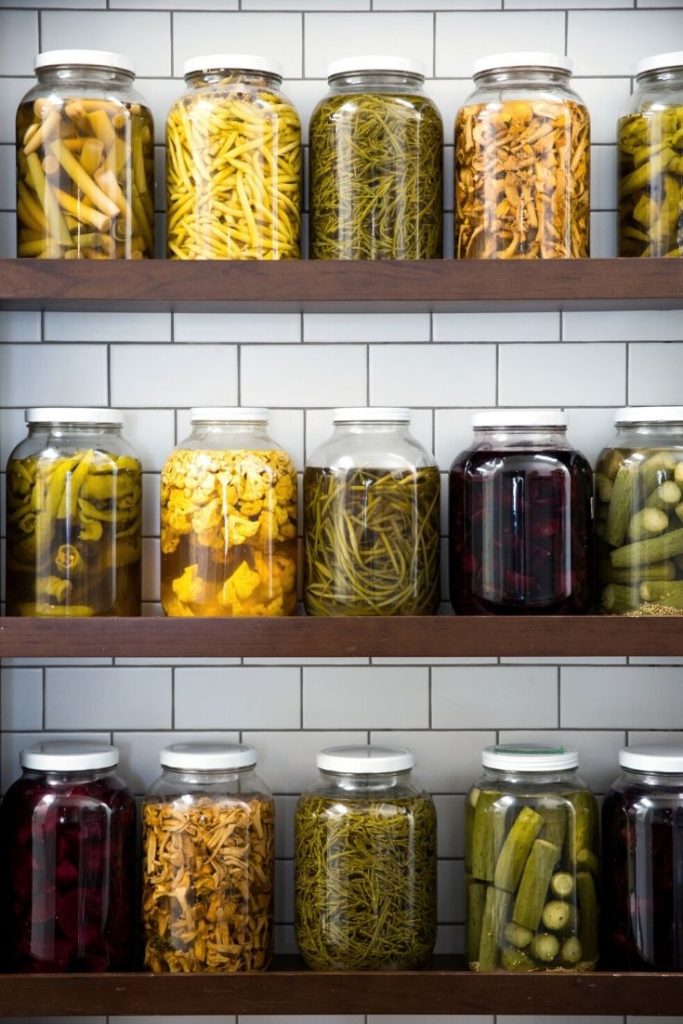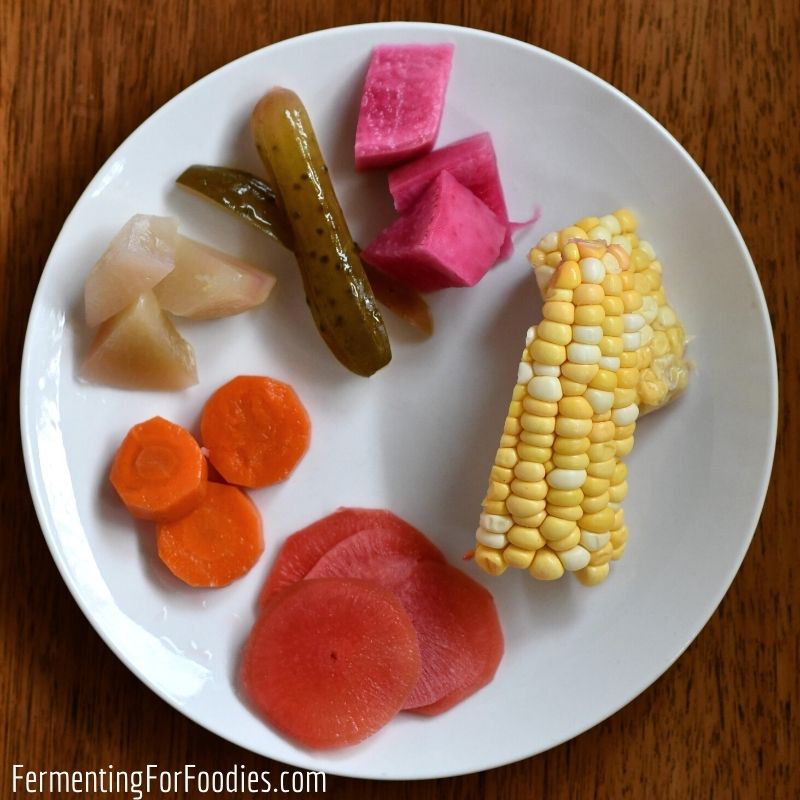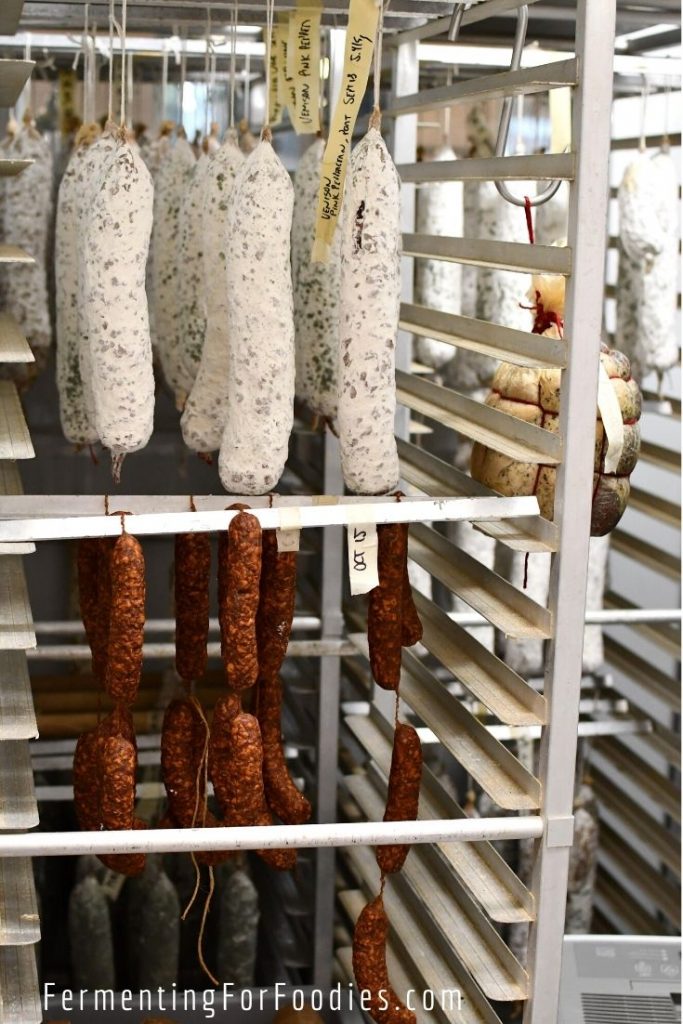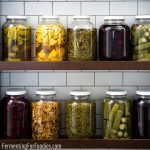Learn about how farm-to-table restaurants use fermentation to preserve local foods and add flavor to their dishes.

A few years ago, I met with a farm-to-table restauranteur, Max Durand, to talk about why they brought fermented foods into their kitchen.
There are a number of reasons why restaurants include fermented foods as part of their menu. Max highlighted these main reasons:
- It is an important form of cooking that should be part of every cook’s skill set.
- Fermentation gives them bigger buying power and the ability to preserve in-season produce.
- They follow in the Noma tradition, using fermentation to add flavor and complexity to their dishes.
Restaurant-Level Fermentation
There are lots of ways that restaurants add fermented foods to their larder:
- Fermented vegetables and fruits are perfect as garnishes and part of a charcuterie.
- Tempeh as a vegan-friendly protein alternative.
- Koji ferments to add the umami-richness to all sorts of dishes.
- Kombucha and other fermented beverages are delicious cocktail mixers.
- Sausages and other cured meats are amazingly flavorful.
The only type of ferment that local restaurants are unable to make is dairy ferments. This is due to local government regulations and not a lack of interest. (Though I don’t know why a restaurant would be allowed to add a bacterial culture to raw meat but not make yogurt, it seems to be the case!)
Here is a plate of fermented vegetables that Max sent me home with. Clockwise, starting from the top: purple pickled turnips, jalapeno fermented corn, watermelon radishes, carrots with koji brine, kohlrabi, and cucumber pickles.

What about food safety?
Unlike home cooks (and fermenters), restaurants have the ability to maintain precision at every step of their fermentation process.
–> They have a number of tools to maintain the perfect temperature and humidity for curing meat, making tempeh and miso.
–> Sanitation is always important in a restaurant, so cross-contamination of cultures isn’t an issue.
–> The vegetable ferments are mostly made in 20 to 40 Liter containers. And the salt-to-vegetable ratio is calculated by weight.
All of this precision doesn’t just prevent failures, it also allows them to store their ferments for long periods. For example, the cucumber pickles and string beans in the photo above, are both over a year old.


Leave a Reply